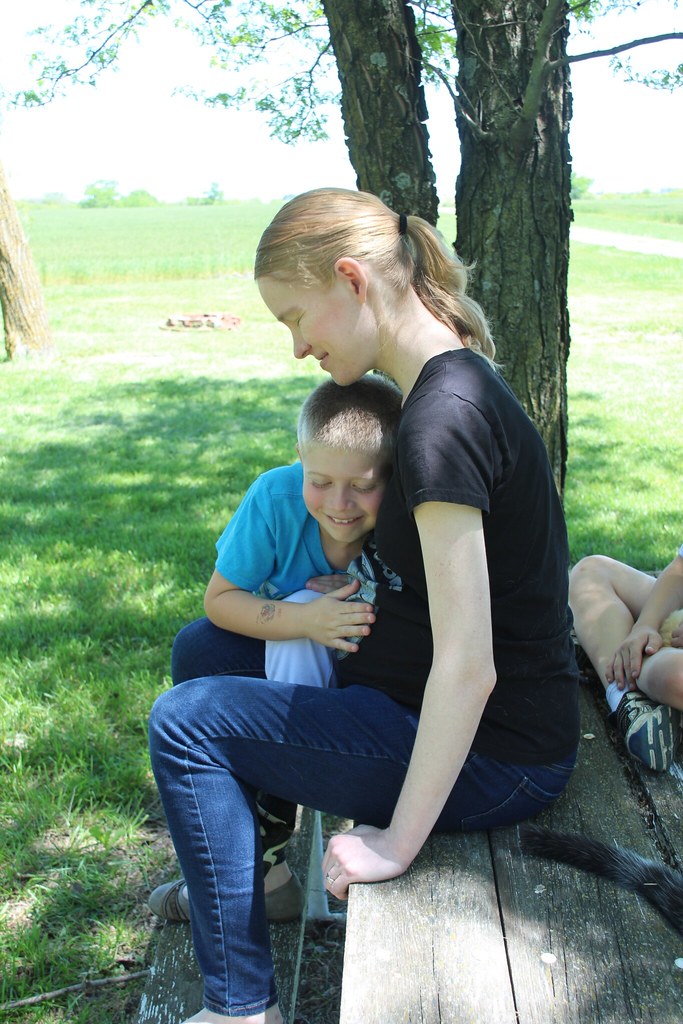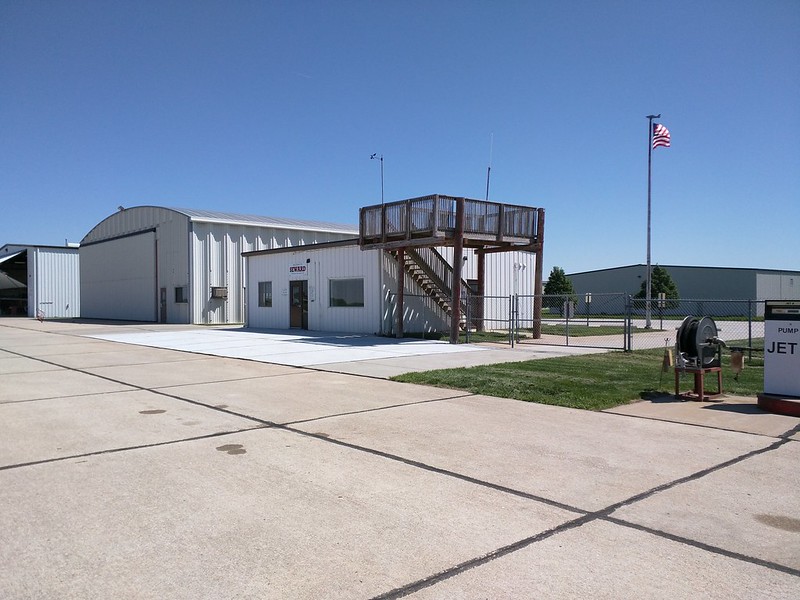I’ve done my first upgrades to Debian stretch at this point. The results have been overall good. On the laptop my kids use, I helped my 10-year-old do it, and it worked flawlessly. On my workstation, I got a kernel panic on boot. Hmm.
Unfortunately, my system has to use the nv drivers, which leaves me with an 80×25 text console. It took some finagling (break=init in grub, then manually insmoding the appropriate stuff based on modules.dep for nouveau), but finally I got a console so I could see what was breaking. It appeared that init was crashing because it couldn’t find liblz4. A little digging shows that liblz4 is in /usr, and /usr wasn’t mounted. I’ve filed the bug on systemd-sysv for this.
I run root on ZFS, and further digging revealed that I had datasets named like this:
- tank/hostname-1/ROOT
- tank/hostname-1/usr
- tank/hostname-1/var
This used to be fine. The mountpoint property of the usr dataset put it at /usr without incident. But it turns out that this won’t work now, unless I set ZFS_INITRD_ADDITIONAL_DATASETS in /etc/default/zfs for some reason. So I renamed them so usr was under ROOT, and then the system booted.
Then I ran samba not liking something in my bind interfaces line (to be fair, it did still say eth0 instead of br0). rpcbind was failing in postinst, though a reboot seems to have helped that. More annoying was that I had trouble logging into my system because resolv.conf was left empty (despite dns-* entries in /etc/network/interfaces and the presence of resolvconf). I eventually repaired that, and found that it kept removing my “search” line. Eventually I removed resolvconf.
Then mariadb’s postinst was silently failing. I eventually discovered it was sending info to syslog (odd), and /etc/init.d/apparmor teardown let it complete properly. It seems like there may have been an outdated /etc/apparmor.d/cache/usr.sbin.mysql out there for some reason.
Then there was XFCE. I use it with xmonad, and the session startup was really wonky. I had to zap my sessions, my panel config, etc. and start anew. I am still not entirely sure I have it right, but I at do have a usable system now.

